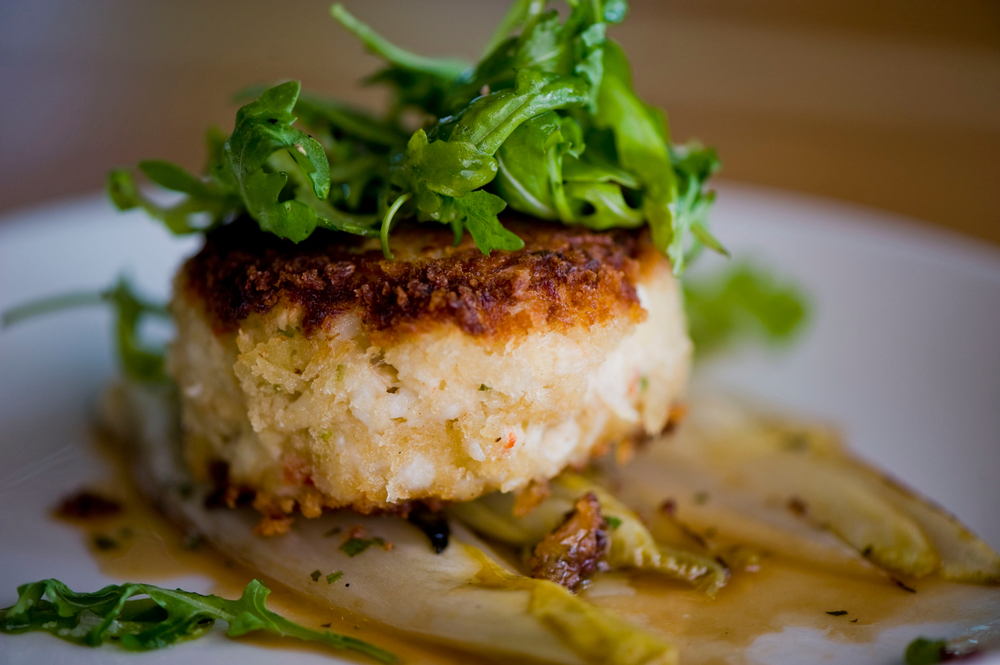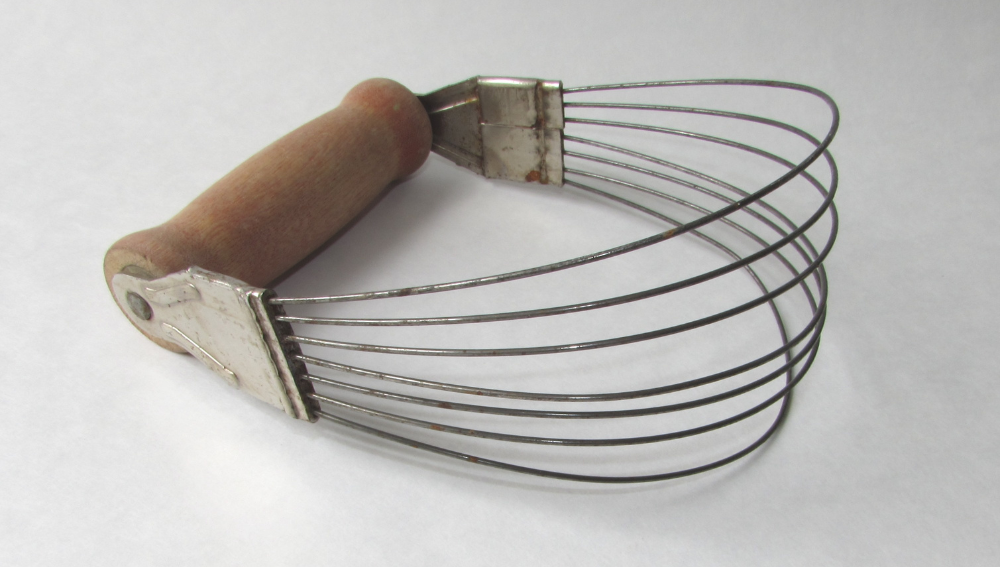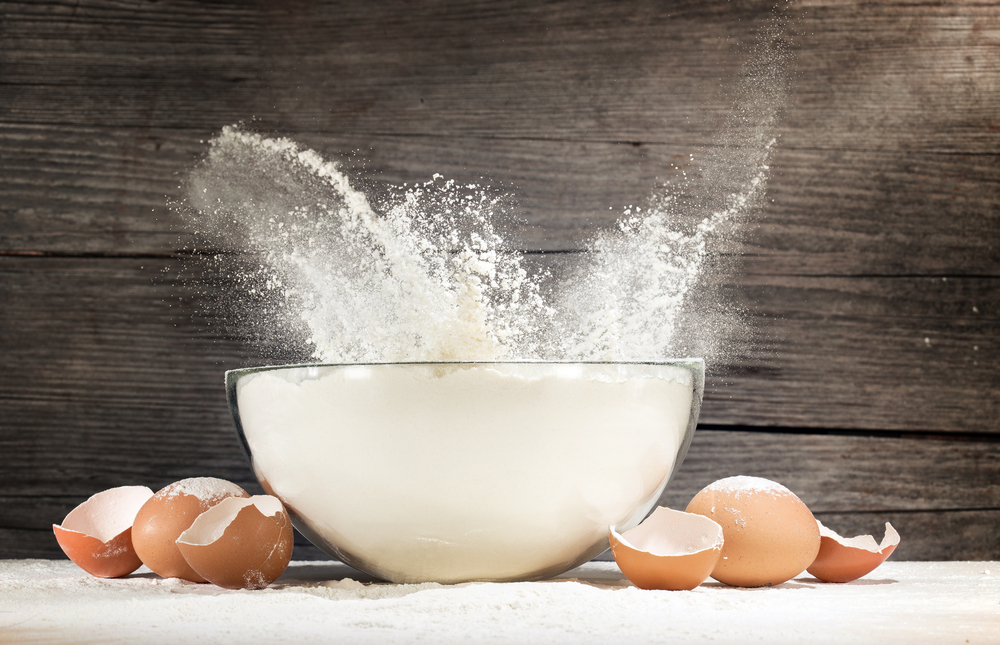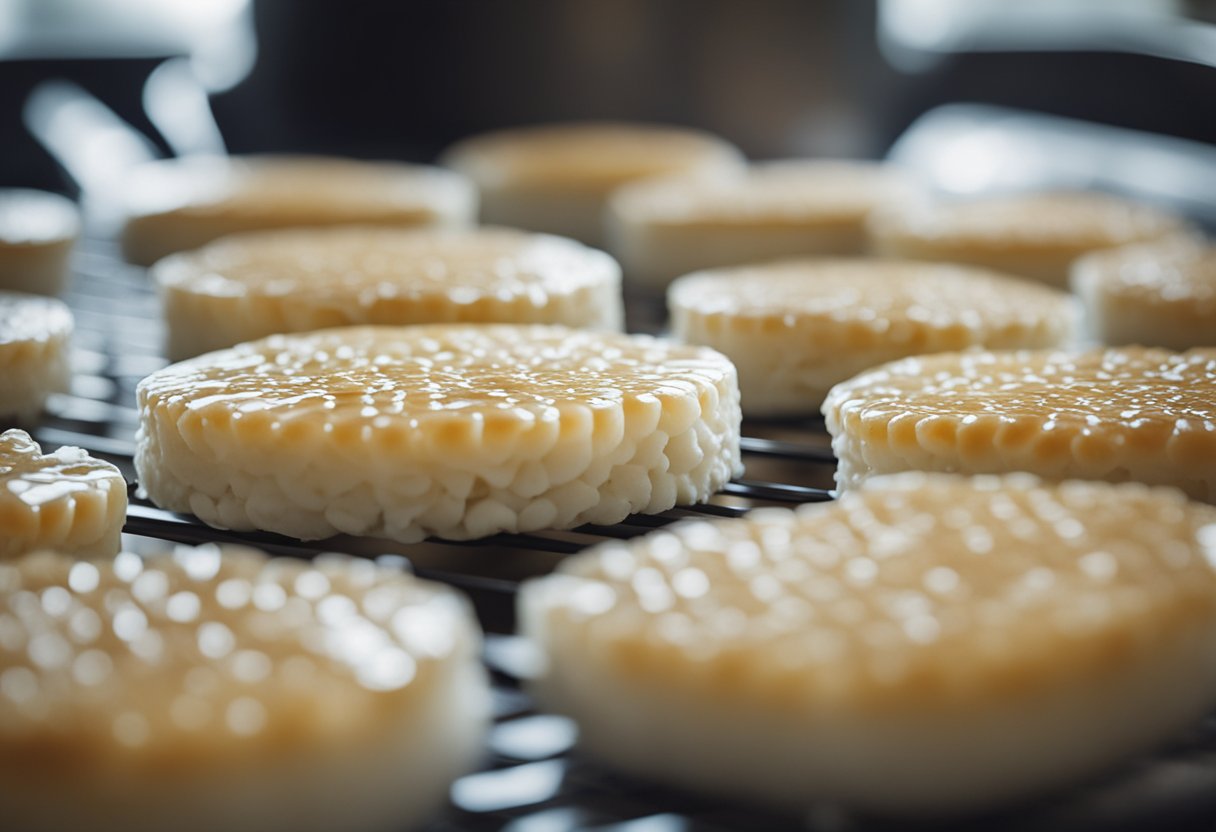As a baker, I understand the importance of having the right tools in the kitchen. A jelly roll pan is a versatile and essential tool for making cakes, pastries, and other baked goods.
However, what happens when you don’t have a jelly roll pan or need a substitute? Fortunately, there are several options that you can use instead of a jelly roll pan.
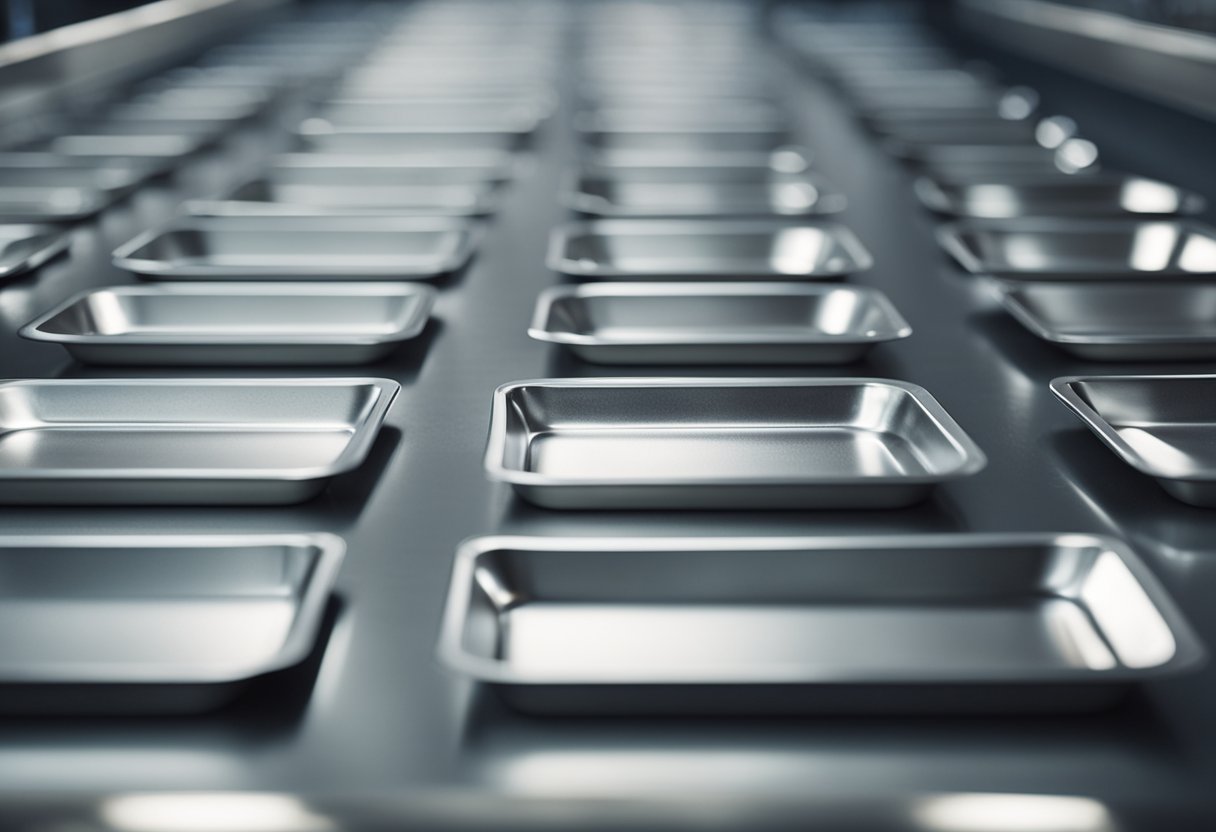
Understanding what a jelly roll pan is and what it does is the first step in finding a suitable substitute. A jelly roll pan is a rectangular baking sheet with a one-inch rim around the edge.
It is typically used for making thin sheet cakes or sponge cakes that can be rolled up with a filling. When looking for a substitute, you want to find a baking sheet that is similar in size and has a similar rim to hold the batter.
There are several common substitutes for a jelly roll pan, including cookie sheets, casserole dishes, and aluminum baking pans.
Each substitute has its advantages and disadvantages, and it’s important to consider factors such as baking time and temperature when choosing a substitute. In this article, we will explore the best substitutes for a jelly roll pan and provide tips for using them in different recipes.
Key Takeaways
- A jelly roll pan is a rectangular baking sheet used for making thin sheet cakes that can be rolled up with a filling.
- Common substitutes for a jelly roll pan include cookie sheets, casserole dishes, and aluminum baking pans.
- When choosing a substitute, consider factors such as size, rim height, and baking time and temperature.
Understanding Jelly Roll Pans
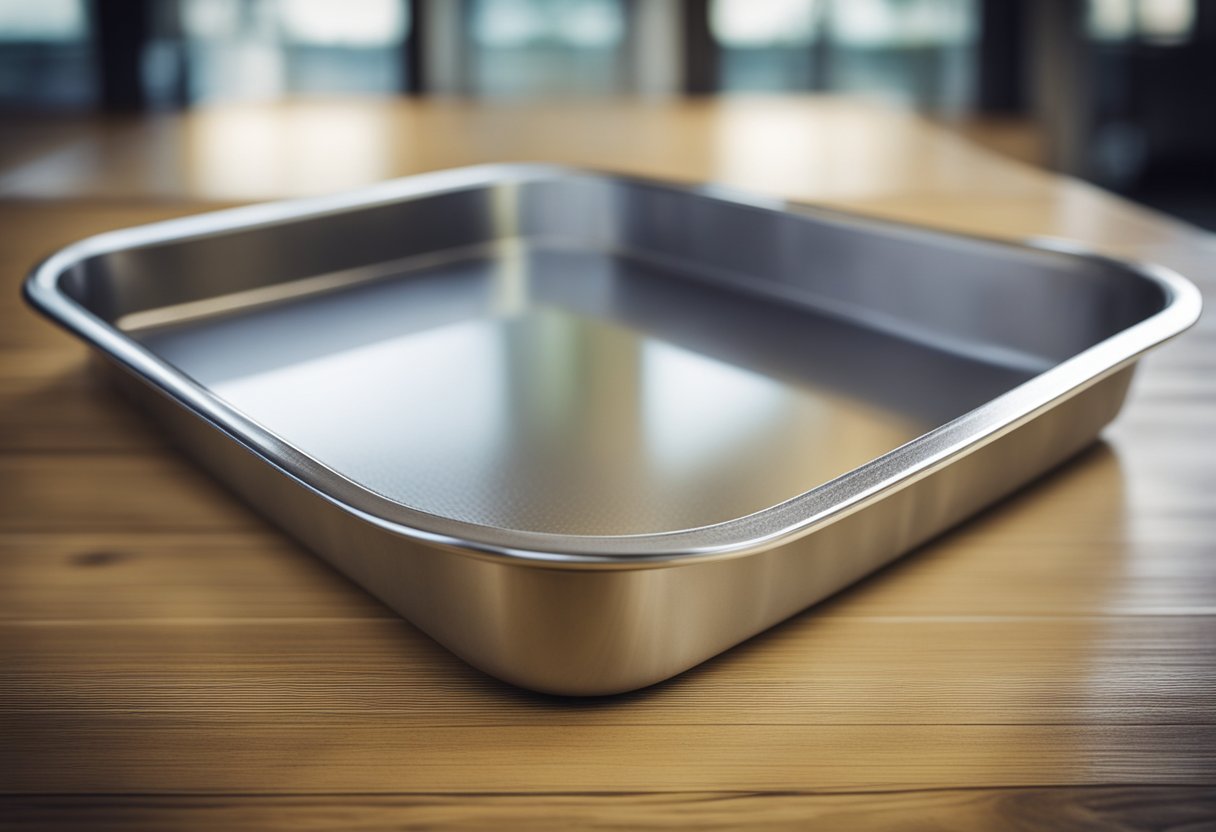
Jelly roll pans are an essential baking tool for making a variety of desserts, including jelly rolls, sponge cakes, pumpkin rolls, sheet cakes, pastries, bars, brownies, rolled cakes, and even yule logs.
In this section, I will discuss the different aspects of jelly roll pans, including their size and shape, material composition, specific uses, advantages, and drawbacks.
Size and Shape
Jelly roll pans are typically rectangular in shape and measure around 10 x 15 inches. They have a depth of about 1 inch and a lip or edge that helps to contain the batter or filling. The cylinder shape of the pan allows for a cylindrical shape to be formed when the cake is rolled up.
Material Composition
Jelly roll pans are typically made of aluminum, aluminized steel, or stainless steel. Aluminum pans are lightweight, rust-resistant, and offer even heat distribution.
Aluminized steel pans are more durable and resistant to warping, while stainless steel pans are known for their nonstick surface and handles that make them easy to maneuver.
Specific Uses
Jelly roll pans are specifically designed for making thin sponge cakes that are filled with jelly, jam, or other sweet creams. The batter is spread into the jelly roll pan and baked in an oven. The rim around the sides of the pan is what keeps the batter in place.
Advantages
Jelly roll pans offer several advantages, including even heat distribution, a nonstick surface, and a durable construction that resists warping. They are also easy to clean and are rust-resistant, making them a long-lasting addition to any kitchen.
Drawbacks
One of the main drawbacks of jelly roll pans is that the batter can sometimes stick to the surface, making it difficult to remove the cake without damaging it. Additionally, some jelly roll pans may not be able to withstand high temperatures, which can cause warping or other damage to the pan.
In summary, jelly roll pans are an essential tool for making a variety of desserts, including jelly rolls, sponge cakes, and pumpkin rolls. They come in a variety of materials, sizes, and shapes, each with their own advantages and drawbacks.
When selecting a jelly roll pan, it is important to consider the specific uses and needs of your baking projects to ensure that you choose the right one for your kitchen.
Common Jelly Roll Pan Substitutes
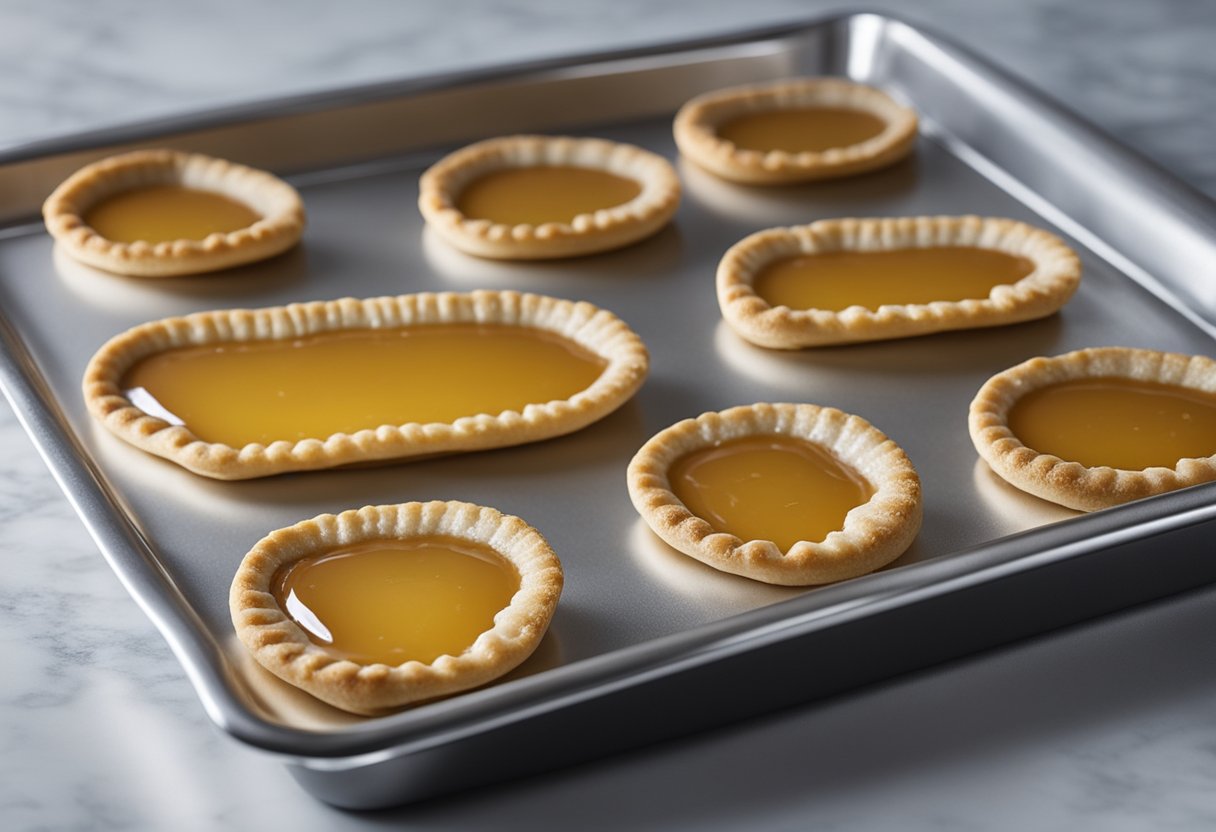
If you don’t have a jelly roll pan, there are several substitutes you can use to make your favorite jelly roll recipe. Here are some of the most common jelly roll pan substitutes:
Sheet Pans
Sheet pans are a great substitute for jelly roll pans. They are similar in size and shape, and they also have a rimmed edge that prevents spills and drips.
Half sheet pans, quarter sheet pans, and full sheet pans can all be used as a substitute for a jelly roll pan. Just make sure to adjust the baking time accordingly, as sheet pans may require longer baking times than jelly roll pans.
Cookie Sheets
Cookie sheets are another good substitute for jelly roll pans. They are flat and have no raised edges, but they are still a suitable size for making jelly rolls.
You can use a rimmed baking sheet as a substitute for a jelly roll pan. Just make sure to line the sheet with parchment paper or a silicone baking mat to prevent sticking.
Cake Pans
Round cake pans can also be used as a substitute for jelly roll pans. They are similar in size and shape, but they have raised edges that may make it more difficult to remove the jelly roll from the pan.
To use a cake pan as a substitute for a jelly roll pan, line the pan with parchment paper or a silicone baking mat and bake the jelly roll as directed.
Casserole Dishes
Casserole dishes can also be used as a substitute for jelly roll pans. They are typically deeper than jelly roll pans, so you may need to adjust the baking time accordingly. To use a casserole dish as a substitute for a jelly roll pan, line the dish with parchment paper or a silicone baking mat and bake the jelly roll as directed.
When substituting for a jelly roll pan, it’s important to keep in mind that different pans may require different baking times and temperatures. It’s also important to use parchment paper or a silicone baking mat to prevent sticking and make it easier to remove the jelly roll from the pan.
Factors to Consider When Choosing a Substitute
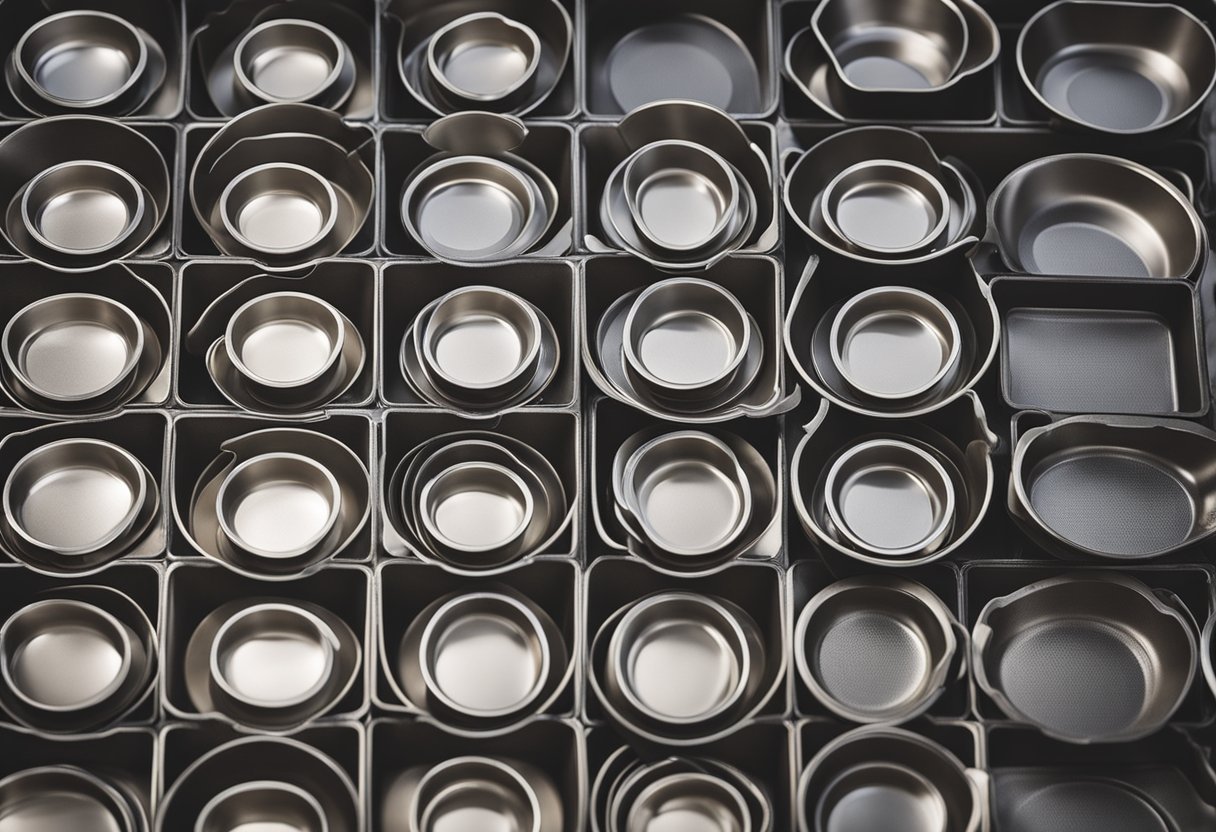
When it comes to choosing a substitute for a jelly roll pan, there are several factors to consider. In this section, I will discuss the most important factors that you should keep in mind.
Baking Needs
The first factor to consider is your baking needs. What kind of baked goods are you making? Are you baking cookies or a cake? The type of baked goods you are making will determine the size and depth of the pan you need.
Size and Depth
The size and depth of the pan are also important factors to consider. A half-sheet pan is a good substitute for a jelly roll pan, but it may not be the best choice if you need a deeper pan. A quarter sheet pan may be a better option if you need a shallower pan.
Material and Heat Distribution
The material of the pan is another important factor to consider. Aluminum foil and silicone are both good substitutes for a jelly roll pan. They both have even heat distribution and are easy to use.
If you choose to use aluminum foil, be sure to oil it first to prevent sticking. A silicone baking mat is also a good option.
Ease of Use and Maintenance
Finally, you should consider the ease of use and maintenance of the pan. A rust-resistant and nonstick surface is important for easy maintenance. A durable pan that can withstand high temperatures is also important.
In conclusion, when choosing a substitute for a jelly roll pan, consider your baking needs, the size and depth of the pan, the material and heat distribution, and the ease of use and maintenance. With these factors in mind, you can choose the best substitute for your needs.
Using Substitutes for Different Recipes
When it comes to using substitutes for jelly roll pans in different recipes, there are a few things to keep in mind. While some substitutes may work better than others, it’s important to follow the recipe directions carefully and adjust ingredient amounts as necessary.
Cookies and Pastries
For cookies and pastries, a cookie sheet or half-sheet pan can be used as a substitute for a jelly roll pan. Make sure to adjust the ingredient amounts accordingly, as a larger or smaller pan may affect the baking time and texture of the final product.
When making butter-based cookies or pastries, it’s important to use a substitute that is non-stick or lined with parchment paper to prevent sticking.
Vegetable and Meat Roasting
When roasting vegetables or meat, a casserole dish or quarter-sheet pan can be used as a substitute for a jelly roll pan.
Make sure to adjust the ingredient amounts and cooking time as necessary, as a smaller or larger pan may affect the cooking time and texture of the final product. When roasting bacon, a casserole dish or half-sheet pan can be used as a substitute for a jelly roll pan.
Cakes and Desserts
When making sponge cakes or other batter-based desserts, a half-sheet pan or a dough maker aluminum baking pan can be used as a substitute for a jelly roll pan.
Make sure to adjust the ingredient amounts and baking time as necessary, as a larger or smaller pan may affect the baking time and texture of the final product.
When making filled desserts, such as jelly rolls or cream-filled cakes, it’s important to use a substitute that is non-stick or lined with parchment paper to prevent sticking.
Breads and Dough
When making bread or dough-based recipes, a half-sheet pan or a dough maker aluminum baking pan can be used as a substitute for a jelly roll pan. Make sure to adjust the ingredient amounts and baking time as necessary, as a larger or smaller pan may affect the baking time and texture of the final product.
When making dough with baking powder or salt, it’s important to use a substitute that is non-stick or lined with parchment paper to prevent sticking.
Overall, there are many substitutes for jelly roll pans that can be used in different recipes. By following recipe directions carefully and adjusting ingredient amounts as necessary, you can achieve great results with a variety of substitutes.
Conclusion
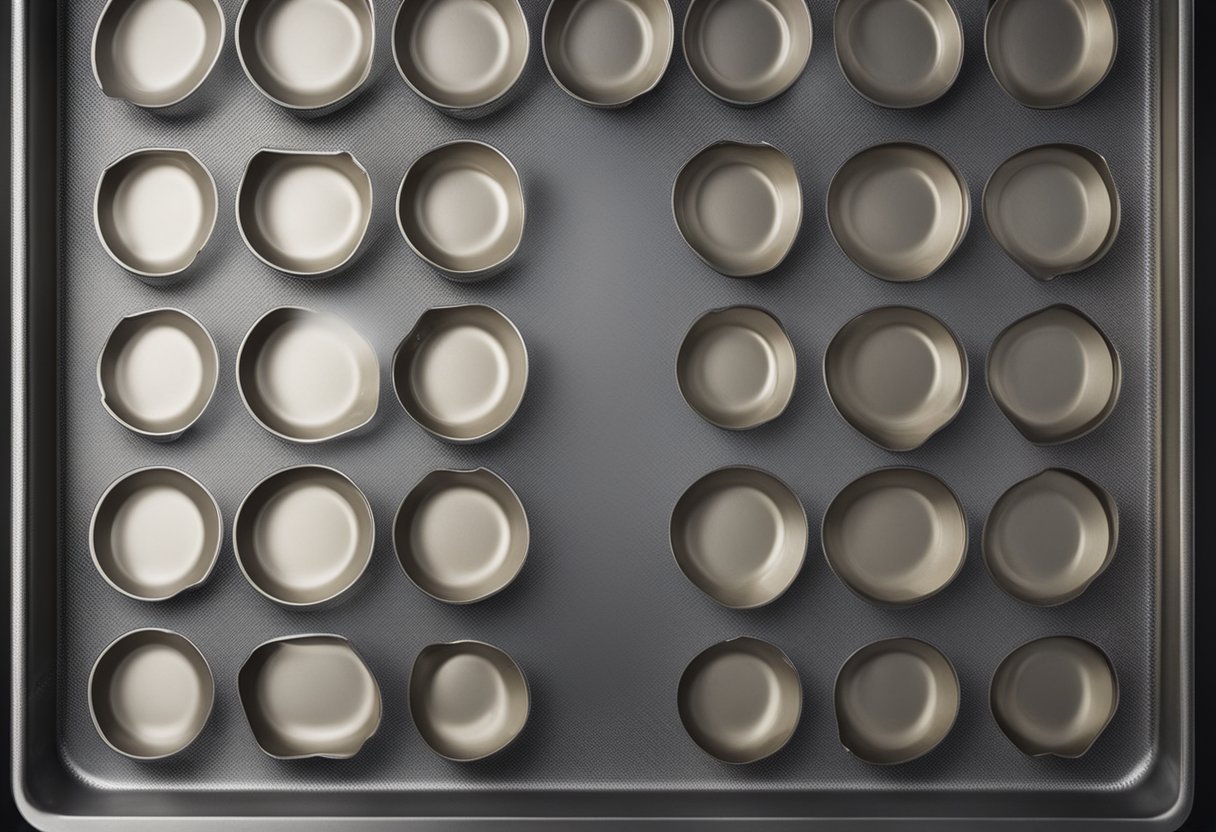
In conclusion, there are various substitutes available for a jelly roll pan that can be used by chefs, caterers, bakers, or anyone who wants to bake a recipe that requires a jelly roll pan.
If you need a larger surface area, a half sheet pan, a full sheet pan, or a casserole dish can be great options. These pans have a one-inch rim that can help contain ingredients and prevent spills. Additionally, they provide better airflow, which can help your baked goods cook evenly.
For those who want a deeper pan, a deep-dish baker or a disposable baking pan sheet can be a great option. These pans are deeper than a jelly roll pan and can accommodate more batter or ingredients.
If you’re looking for a more versatile option, a cookie sheet or a pizza pan can be used as a substitute. However, it’s important to note that these pans don’t have a rim, which can make it challenging to contain ingredients.
When it comes to cooling your baked goods, a wire rack can be used with any of the above substitutes. This will allow air to circulate around your baked goods, which can prevent them from becoming soggy.
Lastly, if you’re in a pinch and don’t have access to an oven, a toaster oven can be used to cook your baked goods. However, it’s important to note that the size of your pan will be limited by the size of your toaster oven.
Overall, whether you’re a professional chef or a home cook, there are plenty of substitutes available that can help you achieve great results when baking without a jelly roll pan.
Frequently Asked Questions
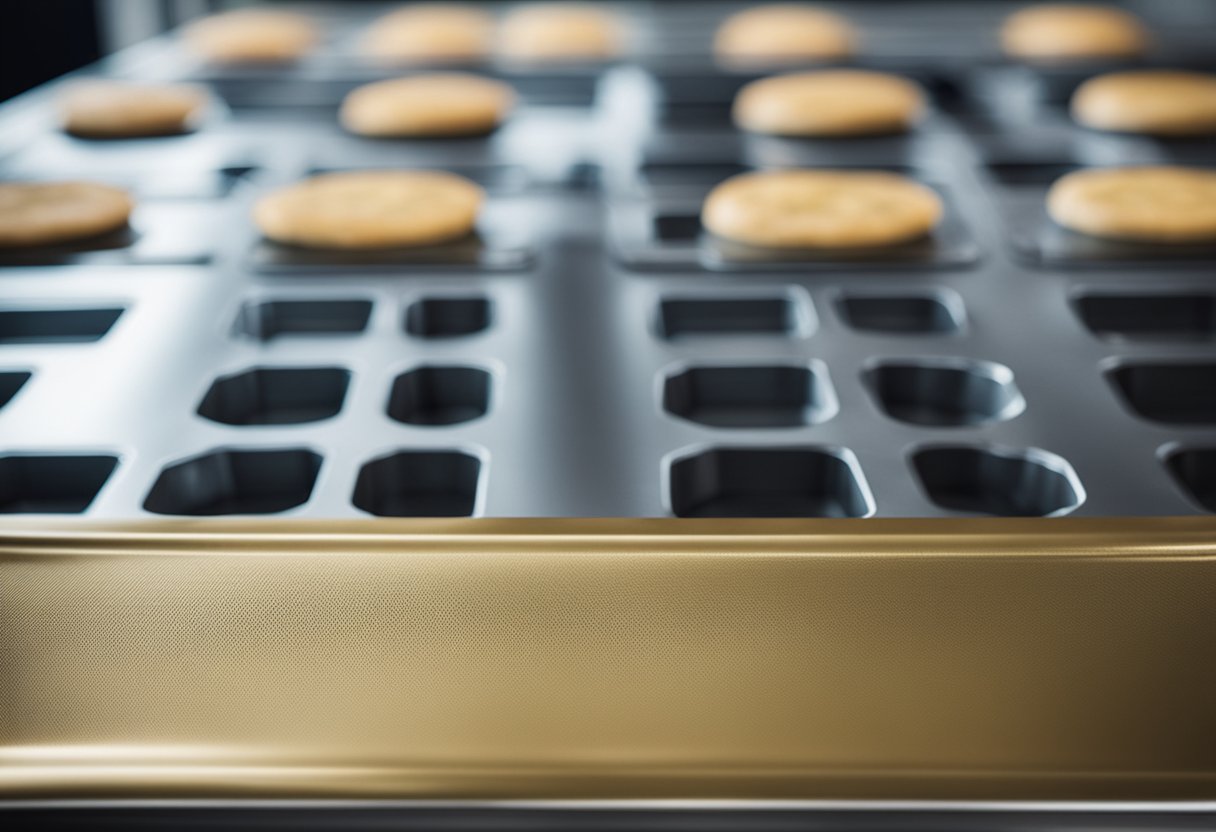
What is the difference between a jelly roll pan and a cookie sheet?
A jelly roll pan is a shallow, rimmed baking pan that is typically used to make jelly rolls, sheet cakes, and other baked goods. It has a slightly curved edge that helps to contain the batter or dough.
A cookie sheet, on the other hand, is a flat, unrimmed baking sheet that is used to bake cookies, biscuits, and other flat baked goods. The main difference between the two is that a jelly roll pan has a rim, while a cookie sheet does not.
Can I use a jelly roll pan instead of a 9×13 pan?
Yes, you can use a jelly roll pan instead of a 9×13 pan. However, keep in mind that a jelly roll pan is shallower than a 9×13 pan, so you may need to adjust your recipe accordingly. For example, you may need to reduce the amount of batter or dough that you use in order to prevent it from overflowing.
How is a jelly roll pan different from a 9×13 cake pan?
A jelly roll pan is typically smaller than a 9×13 cake pan and has a slightly curved edge, while a 9×13 cake pan is rectangular and has straight edges. Additionally, a jelly roll pan is shallower than a 9×13 cake pan, which can affect the amount of batter or dough that you use and the baking time.
What is a jelly roll pan used for?
A jelly roll pan is typically used to make jelly rolls, sheet cakes, and other baked goods that require a shallow, rimmed baking pan. It can also be used to roast vegetables or bake cookies, depending on the size and shape of the pan.
Is there a difference between a jelly roll pan and a half sheet?
Yes, there is a difference between a jelly roll pan and a half sheet. A jelly roll pan is typically smaller than a half sheet and has a slightly curved edge, while a half sheet is rectangular and has straight edges.
Additionally, a half sheet is deeper than a jelly roll pan, which can affect the amount of batter or dough that you use and the baking time.
Can you use parchment paper to make jelly rolls?
Yes, you can use parchment paper to make jelly rolls. Simply line the bottom of the jelly roll pan with parchment paper, leaving a little bit of overhang on each side, before pouring in the batter or dough. Once the jelly roll is baked, use the overhang to lift it out of the pan and onto a cutting board or serving platter.


